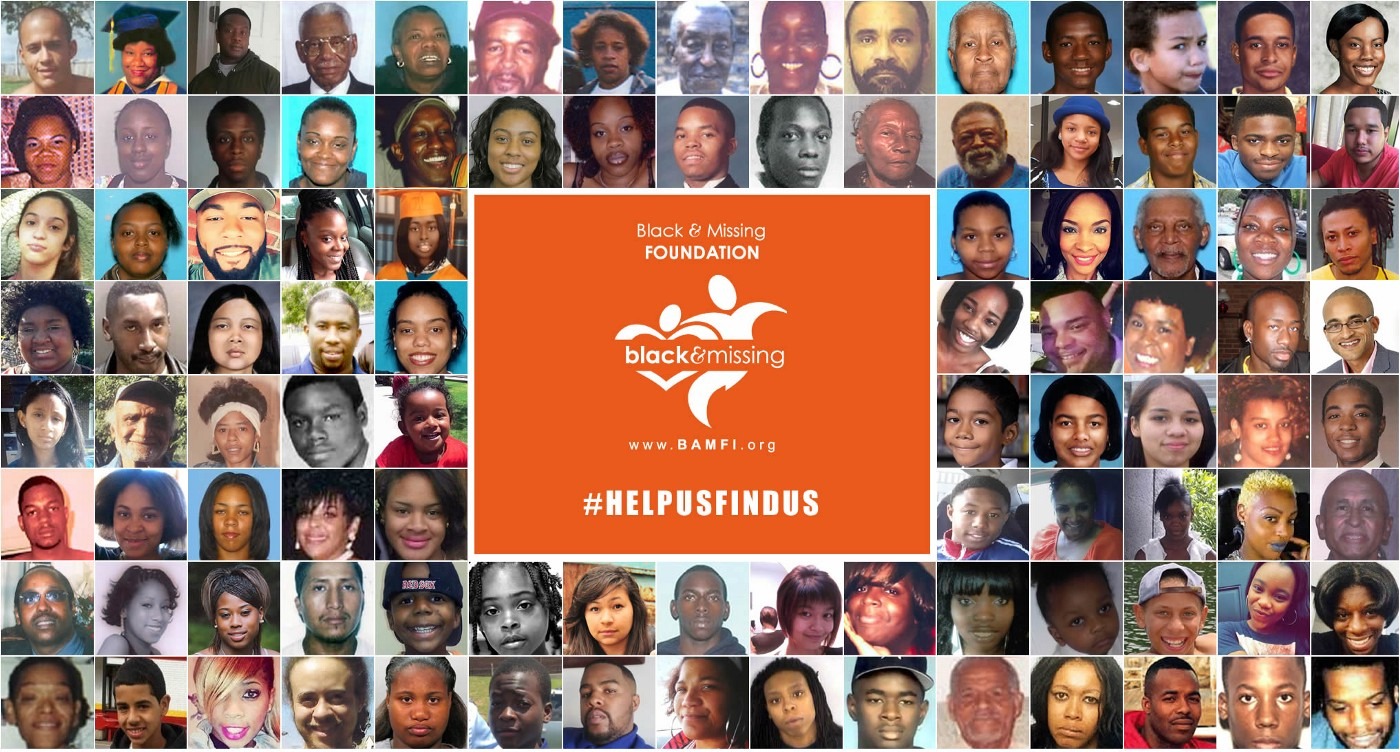In May 2005, Holloway vanished on a trip with friends following her graduation from an Alabama high school in a disappearance that remains an unsolved mystery. 16 years later her disappearance still attracts more media attention than contemporary missing persons of color cases. The missing case of 22-year-old Gabby Petito further highlights how mainstream media falls victim to the “missing white woman syndrome” and how the racial disparity affects resources in missing person cases. The nationwide media spotlight on the case of Petito has families and advocates of missing people of color speaking out about why the cases involving their loved ones have not received the same amount of attention over the years.
Missing White Woman Syndrome refers to the overabundance of coverage that mainstream media outlets dedicate to missing persons cases of White women and its correlating lack of coverage of missing people of color. The term “Missing White Woman Syndrome,”
also alternatively known as “Missing White Girl Syndrome,” was first coined by Gwen Ifill, a PBS news anchor. Missing White Woman Syndrome also refers to the media’s tunnel-vision-like focus on “young, white, attractive . . . rich females.
Left unaddressed, Missing White Woman Syndrome is a danger to all living minority people worldwide, as the possibility of being the victim of abduction or chance of disappearing exists no matter what gender or race a person is. Current laws and policies are evidently either mimicking or causing the lack of coverage of Black missing persons cases in mainstream media and are thus failing at protecting missing Black girls and women. In order to both ensure that these suspect classes are equally protected and remedy the lack of news coverage of Black girls and women, state legislatures must enact specific targeted laws and policies that allocate resources to the search and recovery of missing Black girls and women and promote the equal protection of all missing persons.
Studies show that cases of missing young white women like Petito, 22, whose body was found on Sunday in a Wyoming campground area, are a small minority of missing persons cases in the United States. Former law enforcement officer Derrica Wilson started the Black and Missing Foundation after seeing too many cases involving people of color ignored. “I can roll off Sandra Levy, Natalee Holloway, Elizabeth Smart, Caylee Anthony, Gabby Petito,” Wilson told NBC News correspondent Antonia Hylton on TODAY Friday. “But no one can name one person of color that has received that type of mainstream media. Not one person.”
David Robinson has been looking for help in trying to find his son, Daniel, a 24-year-old geologist who disappeared on June 23 in Buckeye, Arizona. Police found his car in a ravine, but there has been little progress in locating him since his disappearance, according to his father.
“We don’t get the same level of urgency,” Robinson told Hylton. “For as much as I really hate to say this, sometimes I think race is a factor.”
There were 543,018 people reported missing in 2020, nearly 40% of them people of color, according to the National Crime Information Center’s Missing Person and Unidentified Person Files, Black Americans make up 13% of the U.S. population, but account for 35% of missing persons cases.
“Automatically, law enforcement assumes that these children, they’re runaways, these adults, that they are involved in some sort of criminal activity,” Wilson said. “So, they’re basically just swept under the rug.”
Black and missing brings attention to dozens of cases every year. Here, we’ve shared just a few of many; if you have any information about these or any other case featured on Black and Missing, you can report it to BAMFI Tipline | (877) 97-BAMFI | Report Missing Person Sighting (blackandmissinginc.com)









